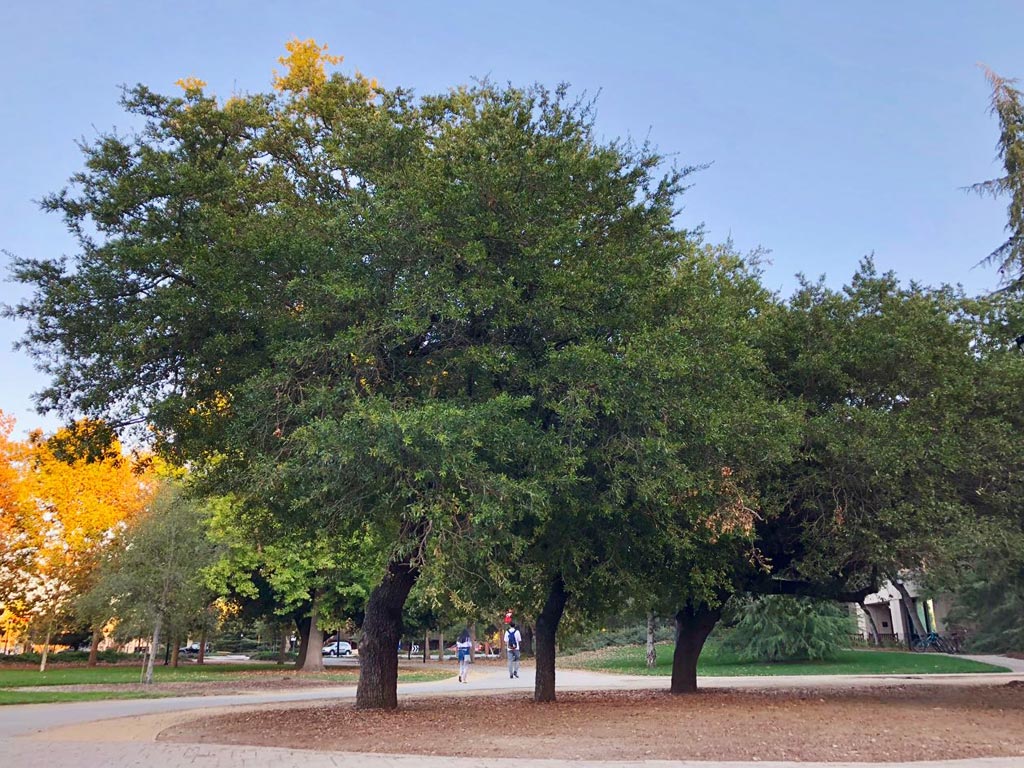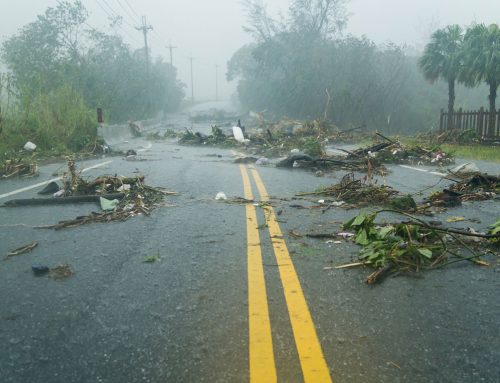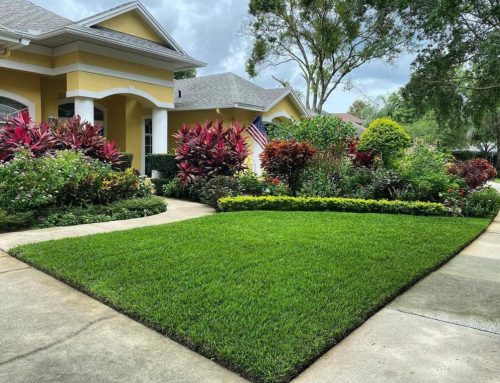Florida, known as the “Sunshine State,” also faces a number of intense weather challenges, such as hurricanes, tropical storms, flooding, and high winds. These events pose risks not only to human structures but also to the natural landscape, including the trees on your property. Protecting these trees not only preserves the beauty and ecological value of your home but also reduces the risk of property damage during extreme events. In this article, we will explore practical strategies based on expert recommendations to safeguard your trees, from initial selection to post-event care.
Common Extreme Weather Events in Florida
Florida is one of the most vulnerable states to hurricanes in the United States, with a season that runs from June to November. According to historical data, events such as Hurricane Ian in 2022 and Milton in 2024 have demonstrated how winds exceeding 150 km/h can topple mature trees, causing power outages and property damage. In addition to hurricanes, severe thunderstorms, tornadoes, and heavy rains can saturate the soil, weakening roots and increasing the risk of falls. Coastal flooding and rising sea levels exacerbate these problems, making preparation essential for any homeowner.
Selecting Hardy Species
The first step in protecting your trees is to choose species adapted to Florida’s climate and resistant to strong winds. Native trees such as live oak (Quercus virginiana) and sabal palm (Sabal palmetto) have demonstrated greater hurricane tolerance, thanks to their deep roots and flexible structures. Avoid invasive or fragile species, such as certain pines or eucalyptus trees, which tend to break easily. When planted in groups, trees can act as mutual windbreaks, reducing individual impacts. Consult local agricultural extension agencies, such as the University of Florida Institute of Food and Agricultural Sciences (UF/IFAS), for zone-specific recommendations (e.g., USDA zones 8b through 11).
Proper Planting and Establishment
Proper planting is essential for long-term resilience. Plant trees in well-drained soil to avoid waterlogging that weakens roots during flooding. Water less frequently but deeply to encourage deeper, more stable roots, which improve hurricane tolerance. Avoid planting near structures or power lines, maintaining a minimum distance of 3-5 meters depending on the tree’s mature size. For young trees, use temporary stakes for the first few years to stabilize them, but remove them afterward to allow for natural development.
Regular Pruning and Maintenance
Pruning is one of the most effective measures for preparing trees for storms. Perform formative pruning on young trees to develop a strong, well-spaced structure, removing weak or crossing branches. Avoid topping, which weakens the tree and makes it more susceptible to damage. Inspect annually for signs of disease, pests, or dead branches, and hire certified arborists for major pruning. Applying mulch around the base helps retain moisture and protect surface roots, but keep it away from the trunk to prevent rot.
Additional Support and Protection Measures
For mature trees or those in high-risk areas, consider support systems such as cables or ground anchors to prevent leaning during strong winds. On coastal properties, trees can act as “natural shields” against erosion and waves, but only if managed properly. If your property includes vegetable or vegetable gardens, raise the beds to improve drainage and protect potted plants by moving them to sheltered areas. Remember that well-maintained trees not only survive better, but also contribute to the overall resilience of the community by absorbing water and reducing flooding.
Preparing for an Extreme Event
When a hurricane or storm approaches, act early. Prune loose or unstable branches, but avoid major pruning just beforehand, as this can stress the tree. Secure loose objects around trees and, if possible, install temporary flood barriers. Monitor National Weather Service forecasts and evacuate if necessary, prioritizing human safety.
Post-Event Care
After an extreme event, assess damage immediately. Carefully remove fallen branches and consult professionals for leaning trees or trees with exposed roots. Do not attempt to straighten large trees yourself, as this could cause further damage. Fertilize moderately to aid recovery, but avoid overwatering if the soil is saturated. Document damage for potential insurance claims, remembering that many plans cover removal of downed trees if they damage structures.
Conclusion
Protecting the trees on your Florida property isn’t just a matter of aesthetics, but also of safety and sustainability. By implementing these strategies—from species selection to ongoing maintenance—you can minimize risks and maximize the benefits that trees provide, such as shade, biodiversity, and protection against climate change. Remember to consult with local experts and resources like Lopez Landscaping & Design for personalized advice. With proper preparation, your trees will not only survive extreme weather events but thrive in Florida’s dynamic climate.







Leave A Comment